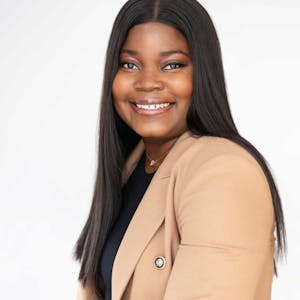I have a frame, I have some components, I have an entity, and see, I'm going to draw a sun, a solar system, with just a few lines of code, I start working right away, and I can animate, it's pretty powerful. However, when I go there, I was like, okay, this is not so good because I want something powerful, something I can use. So, you can download 3D modules, are just ready, and start using them.
So, here, there is this amazing library that you can go there, download for free, you can even buy other ones for free, buy for free, it's not easy, right? You can go there and you can buy, pay the license, and just start using. How is this it? Let's see. So, I got this pretty complex gallery, and I'm going to go there. This one is one free. I'm going to download the object, and as an image for HTML, I can just refer to the object, and everything's working. I can test it on MetaQuest, I can test on my cell phone, just with it. So, yeah, a lot of ideas.
So, when I saw this, I was like, yeah, man, it's back on the Rapiboost Rap Times, right? We have the templates, we can start using. I don't know what is going on behind the scenes. However, if I want to extend it, I can have this as well. What about animations? I think video games is all about animations, okay? So, how do you do? Same idea. You have the 3D module there, you can download it, and you can upload to Mixmanual, which is I think it's free, I don't know, they have some paid plans. But, see, animations are right there. It's going to change your model, you can download it, and just use it on an HTML file. It's crazy how easy this thing is.
Well, and how are we going to use? So, A-Frame brings a lot of environment components, so you can use the sky, you can put animation, you can put Capoeira. One thing amazing about this is like the hello world, right? Every time we start working with some technology, it's like, oh, my God, this is working just fine, with just a few lines of code, and we abstract all the things, like, oh, my God, where is the database? No, just doing something for fun, but that could actually end up with something good. Okay, virtual reality is done, what about augmented reality? I want to integrate with my own environment, I want to hold some element and start working. So, I think the showcase is Pokemon Go, so when you go to a lake, you're going to see different fishes there, you're going to see some terrains differently.
But to make this, usually, your cell phone, the modern cell phones, they have the LIDAR scanner, which is a LIDAR that throws a light, and it's mapping, like, the time the light is going to come back, so they know there is some obstruction, and you can put your own objects there. Okay, but I was building all these demos with an old iPhone, and I was so happy. This sensor is so amazing how they work, and my friend just told me, man, you don't have the sensor, right? This is a microphone. I was like, wow, but how is this working? So, when you're working with A-Frame, they have fallbacks, and there, you can use computer vision to analyse your environment and get to know where is everything, the obstacles, and much more, so it's pretty helpful. We have a bunch of types of augmented reality, so the first one that I love is AI market base, so you can have a card like this, you can put some image. Has anyone played Yu-Gi-Oh! Form the Memories here? Wow, a lot of people. I was thinking, imagine for the monsters going there, my God, this brings a lot of ideas, and we just have to play with it, right? Well, one of the most commercial ones is the location base, so you can put your own GPS and the coordinates, so you can show your friends where you live, or go to museums, stores, and much more, but I want to tell you, this doesn't work just fine when you're working on very close environments. This works better outdoors.



















Comments